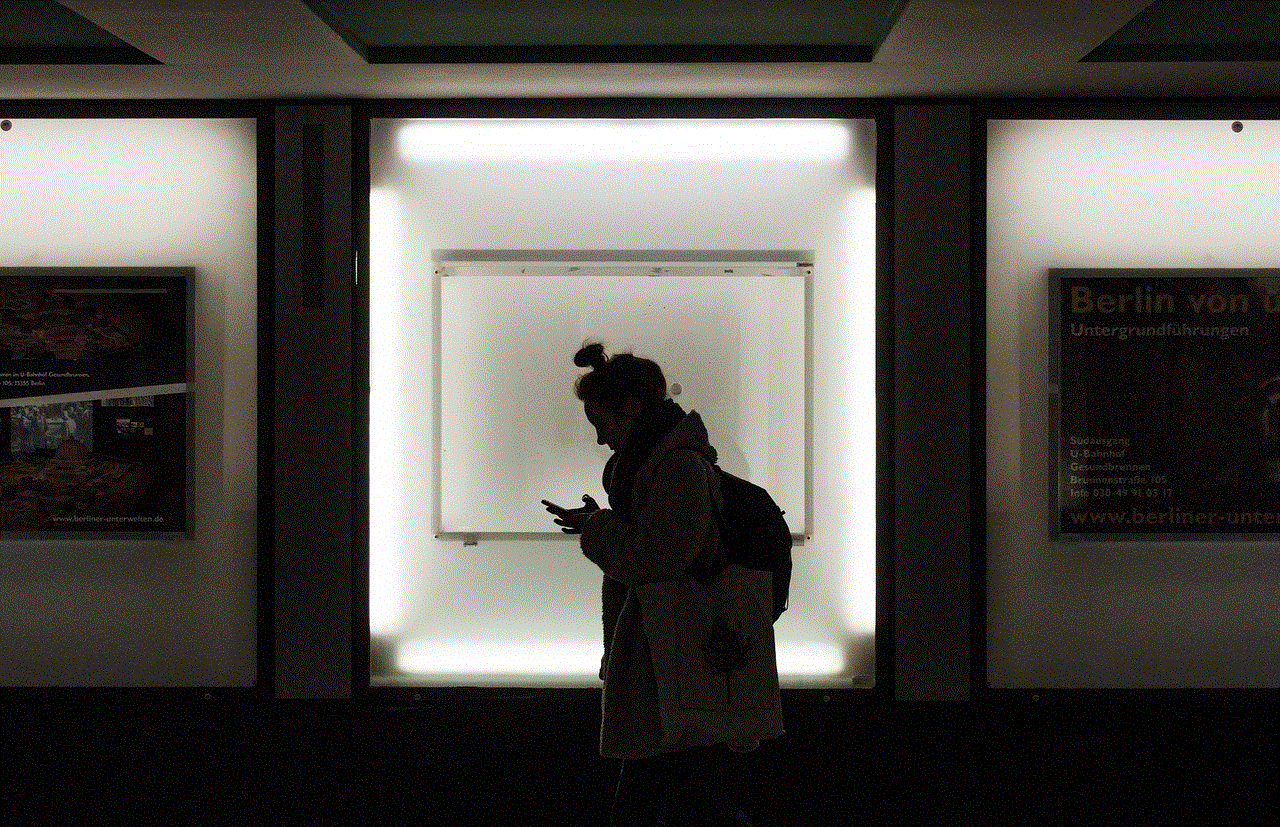is there an avocado emoji
The avocado emoji has become one of the most popular emojis in recent years, with its green, pear-shaped appearance and vibrant color making it a favorite amongst users. But where did this beloved emoji originate from and what does it represent? In this article, we will explore the history and significance of the avocado emoji, as well as its impact on pop culture and social media.
The avocado, scientifically known as Persea Americana, is a fruit native to Mexico and Central America. It has a long history, with evidence of its consumption dating back to 5000 BC. The word “avocado” comes from the Aztec word “ahuacatl,” which translates to “testicle” due to the fruit’s shape and the belief that it had aphrodisiac properties.
Despite its long history, the avocado did not gain widespread popularity until the late 20th century. In the 1970s, it became a trendy ingredient in California, with the rise of Mexican cuisine and the popularity of dishes like guacamole. This popularity continued to grow in the 1990s, with the emergence of the health food movement and the avocado’s reputation as a nutrient-dense superfood.
The first avocado emoji was introduced in 2016 as part of the Unicode 9.0 update. The Unicode Consortium, responsible for developing and maintaining the Unicode Standard, added the avocado emoji along with 72 other new emojis. The avocado emoji was designed by Jennifer Daniel, a designer at Google, and was inspired by the popular avocado toast trend.
The avocado emoji quickly gained popularity, with people using it to represent the fruit itself, as well as various dishes and recipes that feature avocados. Its versatility and vibrant appearance made it a favorite amongst users, and it soon became one of the most used food emojis on social media.
One of the reasons for the avocado emoji’s popularity is its association with health and wellness. Avocados are rich in healthy fats, vitamins, and minerals, making them a popular choice for those looking to maintain a balanced and nutritious diet. The avocado emoji is often used in posts that promote healthy eating, fitness, and self-care, making it a symbol of wellness and self-improvement.
The avocado emoji has also become a symbol of millennial culture, often associated with the avocado toast trend that gained popularity in the early 2010s. This trend, which involves topping a slice of toast with mashed avocado, became a symbol of the generation’s love for healthy and aesthetically pleasing food. The avocado emoji is frequently used in posts related to this trend, making it a representation of millennial lifestyle and culture.
In addition to its association with health and wellness, the avocado emoji has also become a symbol of love and friendship. Its heart-shaped pit and vibrant color have made it a popular choice for couples and friends to use in their messages and social media posts. The avocado emoji is often used in captions for couple photos and as a way to express affection and appreciation for friends.
The avocado emoji has also had a significant impact on marketing and branding. Many companies and organizations have incorporated the avocado emoji into their logos and branding materials, capitalizing on its popularity and association with health and wellness. The use of the avocado emoji has also become a marketing tactic, with brands using it in their social media posts and advertisements to attract a younger and health-conscious audience.
The avocado emoji has also inspired various merchandise, including clothing, accessories, and home decor. Its cute and recognizable appearance has made it a popular design choice for products aimed at millennials and Gen Z. The avocado emoji has become a part of pop culture, with its face appearing on t-shirts, socks, phone cases, and even plush toys.
The popularity of the avocado emoji has also sparked some controversy. In 2017, a proposal was made to remove the avocado emoji from the Unicode Standard due to its lack of inclusivity. The proposal argued that the avocado emoji only represented a narrow segment of society and did not accurately reflect the diversity of the fruit’s origins. However, the proposal was ultimately rejected, and the avocado emoji remains a part of the Unicode Standard.
In recent years, the avocado emoji has also been used in various campaigns and movements. In 2017, the World Avocado Organization launched the “Avocado Emoji for Social Good” campaign, which aimed to raise awareness and funds for children’s charities. The campaign encouraged people to use the avocado emoji in their social media posts, with the promise to donate $0.15 for every use of the emoji. The campaign was a success, with over $12,000 raised for various charities.
The avocado emoji has also been used in campaigns to promote sustainability and environmental awareness. In 2019, a group of environmental activists launched the ” #AvocadoEmojiPlease” campaign, calling for the addition of an avocado emoji with a brown pit to represent the fruit’s ripeness. The campaign argued that this would help reduce food waste and promote sustainable consumption. While the campaign has not yet led to the addition of a brown pit avocado emoji, it has sparked conversations about sustainability and the impact of food waste.
In conclusion, the avocado emoji has become much more than just a cute and vibrant image. It represents the popularity of avocados, the rise of health and wellness culture, and the influence of social media and pop culture on our daily lives. It has become a symbol of millennial lifestyle, love and friendship, and even social and environmental causes. The avocado emoji’s impact on our culture and society is undeniable, and it will continue to be a beloved emoji for years to come.
how to hide location on bumble
Bumble is a popular dating app that allows users to find potential matches based on location and mutual interests. While location can be a useful tool for finding someone nearby, some users may prefer to keep their location private for various reasons. In this article, we will discuss how to hide your location on Bumble and why you may want to do so.
Why hide your location on Bumble?
There are several reasons why someone may want to hide their location on Bumble. One of the main reasons is privacy. Some users may not want others to know their exact location, especially if they live in a small town or have a high-profile job. By hiding their location, they can maintain a level of anonymity and protect their personal information.
Another reason to hide your location on Bumble is safety. Online dating can be risky, and revealing your location can make you vulnerable to potential stalkers or predators. By hiding your location, you can ensure your safety and feel more comfortable using the app.
Additionally, some people may not want to reveal their location to potential matches until they have established a connection. By hiding their location, they can get to know someone better without the pressure of meeting in person right away.
How to hide your location on Bumble
If you have decided to hide your location on Bumble, there are a few ways to do so. The first option is to turn off your location services on your phone. This will prevent Bumble from accessing your location and displaying it to others. However, this method may not be ideal for those who still want to use location-based features on other apps.
Another option is to use a fake location app. These apps allow you to change your location on your phone, making it appear as though you are somewhere else. This way, you can use Bumble and other location-based apps without revealing your actual location.
If you are not comfortable using a fake location app or turning off your location services, Bumble has a built-in feature that allows you to hide your location. Here’s how to do it:
1. Open the Bumble app on your device.



2. Tap on the profile icon in the bottom left corner.
3. Scroll down and tap on the “Settings” option.
4. Under the “Discovery Settings” section, tap on “Location Preferences.”
5. You will see three options: “Don’t show my distance,” “Don’t show my city,” and “Don’t show my state.” Select the option that best suits your needs.
6. Once selected, you will no longer see your location on your profile, and it will not be visible to potential matches.
It’s important to note that while this feature will hide your location from others, you will still be able to see the distance of potential matches and their location if they have not chosen to hide it.
Other tips for maintaining privacy on Bumble
Aside from hiding your location, there are other ways to maintain your privacy on Bumble. Here are a few tips:
1. Use a different name: Instead of using your real name, consider using a nickname or a variation of your name. This way, if someone searches for you outside of the app, they won’t be able to find you.
2. Don’t reveal personal information: Avoid sharing personal information, such as your phone number or address, with someone you just met on Bumble. Stick to the messaging feature on the app until you feel comfortable enough to share this information.
3. Use a different profile picture: If you are concerned about someone recognizing you on Bumble, consider using a different profile picture than the ones you use on other social media platforms.
4. Be selective with your matches: Don’t feel pressured to match with everyone on Bumble. Take your time to read through someone’s profile before swiping right. This will help you avoid matching with someone who may not have the best intentions.
5. Report and block suspicious users: If you come across someone who is behaving inappropriately or making you feel uncomfortable, don’t hesitate to report and block them. Bumble has a strict policy against harassment and will take action against such users.
In conclusion, while location can be a useful tool on Bumble, not everyone may feel comfortable revealing it. Whether it’s for privacy, safety, or personal reasons, hiding your location on Bumble is a simple and effective way to protect your information. By following the tips mentioned in this article, you can maintain your privacy and feel more secure while using the app. Happy swiping!



how many followers does this tumblr have
Tumblr is a popular microblogging and social media platform that allows users to share photos, videos, and text posts with their followers. With over 642 million active blogs and 476 million monthly users, Tumblr is a thriving community of content creators and consumers. One of the key metrics used to measure a Tumblr blog’s success is the number of followers it has. In this article, we will delve into the topic of “how many followers does this Tumblr have” and explore the various factors that contribute to a Tumblr blog’s follower count.
Before we dive in, let’s first understand what followers mean on Tumblr. Unlike other social media platforms where followers are mutual connections, Tumblr followers are one-sided. This means that a user can follow a blog without the blog following them back. Followers on Tumblr are essentially fans or admirers of a blog’s content. They choose to follow a blog to stay updated with its posts and engage with its creator.
Now, let’s address the main question – how many followers does this Tumblr have? The answer to this question is not a straightforward one. Unlike other social media platforms, Tumblr does not publicly display a blog’s exact number of followers. Instead, it shows a range of followers, such as “1-10”, “10-100”, “100-1,000”, and so on. This range is based on the number of followers a blog has, and it is updated periodically.
So, why does Tumblr not show the exact number of followers for a blog? The reason behind this is to maintain a sense of privacy and anonymity for its users. Tumblr is known for its creative and diverse community, and many users prefer to keep their follower count private. By displaying a range instead of an exact number, Tumblr allows its users to have control over their level of visibility on the platform.
However, there are ways to determine the approximate number of followers for a Tumblr blog. One way is to use third-party analytics tools that track Tumblr blogs’ follower counts. These tools use algorithms to estimate the number of followers based on the blog’s activity and engagement. Another way is to look at the blog’s notes on each post. Notes are a form of engagement on Tumblr, and they include likes, reblogs, and comments. By adding up the notes on a blog’s recent posts, we can get an idea of its follower count.
Now that we have a better understanding of how Tumblr displays followers let’s explore the factors that contribute to a blog’s follower count. The first and most obvious factor is the quality of content. Tumblr is all about creativity and self-expression, and blogs that consistently post high-quality and engaging content tend to have a higher follower count. This could include original artwork, photography, writing, or even curated content that resonates with a particular audience.
Another factor is the niche or topic of a blog. Tumblr has a diverse community, and users can find blogs dedicated to almost any topic under the sun. Blogs that focus on a specific niche tend to attract a more targeted audience and therefore have a higher follower count. For example, a blog that solely posts about fashion or music will attract followers who are interested in those topics, resulting in a higher follower count.
The level of engagement and interaction with followers also plays a significant role in a blog’s follower count. Tumblr is a social media platform, and it thrives on the connections and relationships between users. Blogs that actively engage with their followers, respond to comments, and reblog other users’ content tend to have a more loyal and engaged follower base. This, in turn, can lead to a higher follower count as people are more likely to follow a blog that they feel a personal connection with.
The age and activity of a blog also impact its follower count. Older blogs that have been active for a longer time tend to have a larger following as they have had more time to attract and engage with followers. Additionally, blogs that post frequently and consistently are more likely to have a higher follower count as they keep their audience engaged and interested.
Another factor to consider is the use of tags and hashtags on Tumblr. Similar to other social media platforms, Tumblr uses tags to categorize and organize posts. By using relevant and popular tags, a blog can increase its visibility and attract new followers. Hashtags, which are specific to Tumblr, can also help a blog gain more followers. By using hashtags, a blog can reach a wider audience and increase its chances of being discovered by users who are interested in that particular topic or tag.
The social aspect of Tumblr also plays a role in a blog’s follower count. On Tumblr, users can interact and engage with other users through comments, reblogs, and asks. By building relationships and connections with other users, a blog can gain more followers through word of mouth and recommendations. This is especially true for blogs that are part of a network or have a strong sense of community within a particular niche.
In addition to the above factors, the Tumblr algorithm also plays a role in a blog’s follower count. The algorithm determines which posts are shown on a user’s dashboard and how often a blog’s content is recommended to other users. Blogs that consistently post high-quality and engaging content are more likely to be recommended to new users, resulting in a higher follower count.



Finally, the last factor to consider is the level of promotion and marketing a blog receives. While Tumblr is primarily a community-driven platform, some blogs gain popularity through external promotion and marketing. This could include collaborations with other bloggers, shoutouts from popular blogs, or even paid advertisements. By increasing a blog’s visibility, these promotional efforts can result in a higher follower count.
In conclusion, the number of followers a Tumblr blog has is influenced by various factors such as the quality of content, niche, engagement with followers, age and activity of the blog, use of tags and hashtags, social connections, the Tumblr algorithm, and external promotion. While the exact number of followers may not be publicly displayed, it is clear that a blog’s follower count is a crucial metric in measuring its success on the platform. As Tumblr continues to grow and evolve, it will be interesting to see how these factors and the platform itself will impact a blog’s follower count in the future.